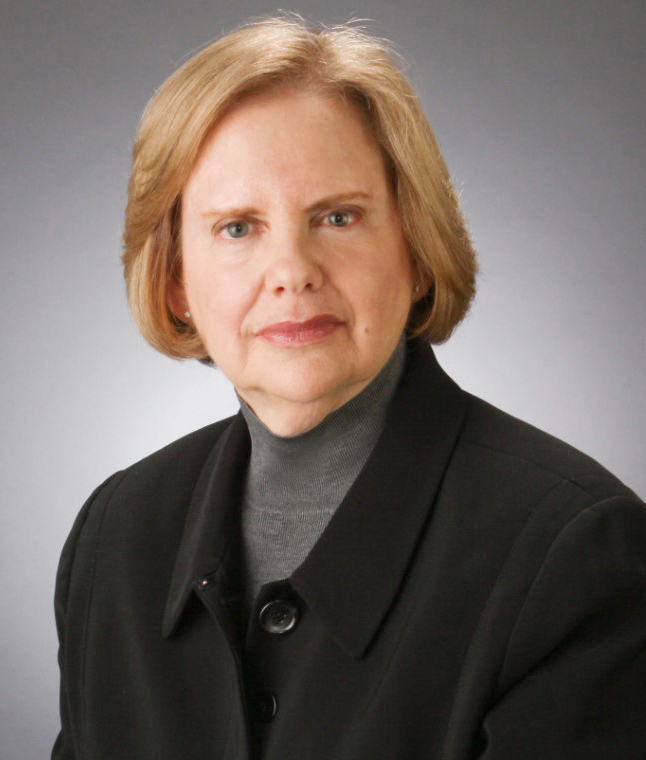
Patty Gerstenblith is a distinguished research professor of law at the College of Law, as well as the faculty director for the Center for Art, Museum & Cultural Heritage Law. In January 2020, she received the Archaeological Institute of America's
Outstanding Public Service Award, which “recognizes exceptional contributions that promote public understanding of, interest in, and support for archaeology and the preservation of the archaeological record."
Q. What have been the most significant recent changes in cultural heritage law?
One important change is creation of the
Cultural Heritage Coordinating Committee (CHCC) under the Protect and Preserve International Cultural Property Act, which was enacted in 2016 (and which I helped to draft). While this bill imposed import restrictions on cultural materials illegally removed from Syria, it also created the CHCC, which brings together numerous federal agencies, including State, Defense, Justice and Homeland Security; quasi-governmental agencies, such as the Smithsonian; and private organizations, such as the US Committee of the Blue Shield.
The CHCC coordinates the agencies' efforts abroad and domestically in the preservation of cultural heritage and the interdiction of trafficking in cultural materials.
Legislation has passed the House and is currently pending in the Senate that would amend the Bank Secrecy Act to include those involved in the trade in antiquities in the requirement to report large financial transactions. This action was proposed in response to reports that the Islamic State of Iraq and the Levant and other groups involved in terrorism and armed conflict earn some profits from the looting, smuggling and trafficking of antiquities.
A negative development was the action taken by President Trump to substantially reduce the size of (or, one might say, eliminate) the Bears Ears and Grand Staircase Escalante National Monuments; the former was declared by President Obama and the latter by President Clinton. However, the current administration has taken action to diminish the sizes of these monuments substantially and thereby open them to mineral prospecting and other forms of commercial development that will threaten both natural and cultural resources that are currently protected. Several environmental organizations have filed suit claiming that the action exceeds the authority delegated by Congress to the President, and several archaeological organizations filed an amicus curiae brief (which I helped to draft) in support of the plaintiffs.
Q. Can you discuss winning the AIA Outstanding Public Service Award?
It was a great honor for me to win this award (information available
here). More than even the personal recognition, the award signifies the commitment of the largest archaeological organization in the US to the field of cultural heritage preservation and to continuing that work into the future.
Q. What are you currently working on?
Last year, I completed the fourth edition of my casebook,
Art, Cultural Heritage and the Law. At the moment, in addition to finishing several articles, I have just been offered a contract from Oxford University Press for a new book, tentatively entitled
Objects of the Past: A History of the Cultural Heritage Debate. It will examine, from both historical and contemporary perspectives, the issue of where movable objects of cultural heritage should be located. It will offer a means through restitutionary justice principles and human rights law for restoring objects that were removed from their original context recently and those removed under circumstances where the law does not apply, particularly during colonialism.